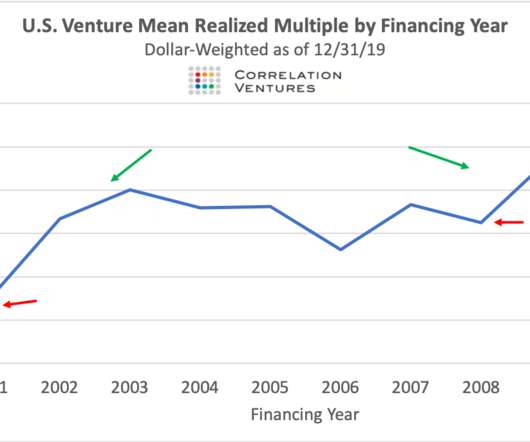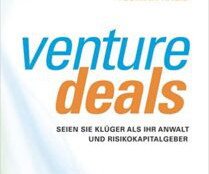What’s Really Going on in the VC Industry? What Does it Mean for Startups?
Both Sides of the Table
JULY 16, 2010
But VC is an “illiquid asset&# so funds didn’t disappear quickly - In 2000/01 the stock market quickly adjusted punishing investors in the NASDAQ and in individual public technology stocks. side note: our last fund at GRP Partners is currently ranked as the 5th best performing fund of the year 2000.






























Let's personalize your content